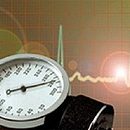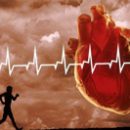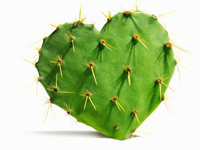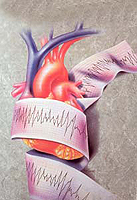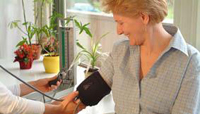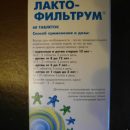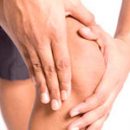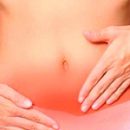The outer shell of the heart - Pericard - in the Middle Ages called «scrotum heart», Ancient Chinese called her «Governor», And the current doctors are simply magnifying: «shirt of heart». This article will talk about such a pericardium disease as Pericarditis.
Content
Let's start our conversation about the pericardia of the words belonging to Apollon Mikikov: «Before knowledge greedy, faith there is a stingy, understand you are capturing being, anatomy the corpses. - And you know my heart?». Indeed, we know our heart?
Heart walls consist of three layers. Inner layer - endocardium, medium layer - myocardium and outer layer - Epicard.
Epicard covers the outer surface of the heart and the nearest segments to the heart of the aorta, the pulmonary barrel and hollow veins. It is formed by a layer of epithelial-type cells and is an inner leaflet of the chaoserous serous shell. Occonducting bag - Pericard - also has an outdoor sheet.
Between the inner leaflet of pericardia (epicardium) and its outer leaflet there is a sliding cavity containing serous fluid (from 2 to 50 milliliters). It helps reduce friction between sheets in heart abbreviations.
So, pericardiards is designed to maintain tissue pressure, performing a role-based role under the conditions of a certain sliding, preventing excessive stretching of the organ, limiting its mobility.
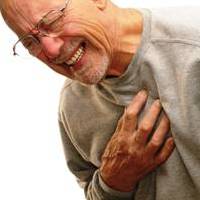 Pericarditis - acute or chronic pericardium inflammation. Distinguish dry (adhesive, including the content - squeezing) and payroll (exudative) pericarditis.
Pericarditis - acute or chronic pericardium inflammation. Distinguish dry (adhesive, including the content - squeezing) and payroll (exudative) pericarditis.
The causes of pericarditis may be infections (viruses, bacteria, tuberculosis, mumbacterial tuberculosis, mushrooms, simplest, rickettsia), rheumatism, rheumatoid arthritis, systemic red lupus, myocardial infarction, urams, injury (including operating, radiation), tumors, avitaminosis C and B1.
The mechanism of development of pericarditis is often an allergic or autoimmune.
Symptoms and flow are determined by the main disease and the nature of the fluid in the pericardia, its amount (dry or exudative) and the rate of accumulation of fluid.
Initially, patients complain about malaise, an increase in body temperature, chest pain or in the heart area, often associated with breathing phases (enhanced on inhalation), sometimes pains resemble angina, often listened to the fridge friction noise (it arises as a result of the pericardic sheets Fibrin is postponed).
The appearance of fluid (effusion) in the pericardial cavity is accompanied by the disappearance of pain and noise of the pericardium friction, shortness of breath arises, the silence, the cervical veins swell, there are various rhythm disturbances (flickering, atrial flutter).
With a rapid increase in the exudate, a heart tamponade can develop with severe blueness, pulse, painful attacks of shortness of breath, sometimes loss of consciousness. Gradually increases circulatory disorder - swelling, ascites appear, the liver increases. With large payments, the atrial area will sput, and intercostal intervals are smoothed.
With adhesive pericardia as a result of the battle of the pericardial leaves, the work of the heart makes it difficult.
With a long period of pericarditis, calcium salts deposition may be observed (blood grid).
If such symptoms appear, you should contact a doctor.

